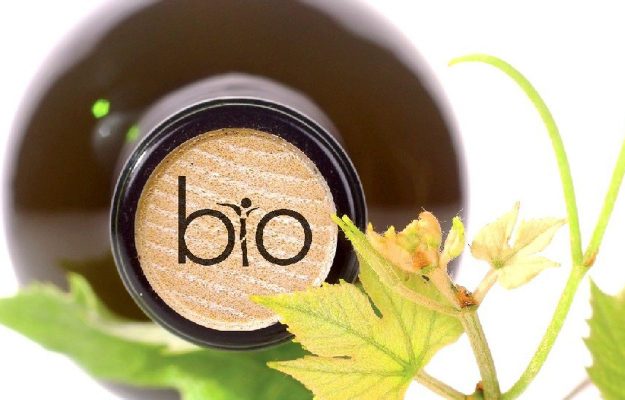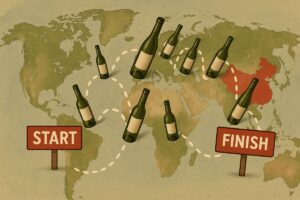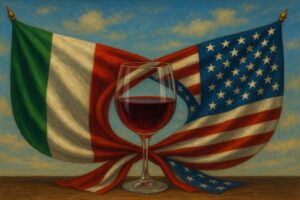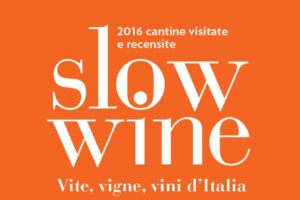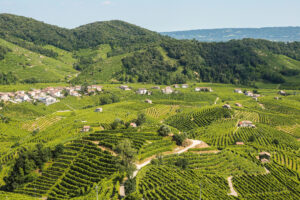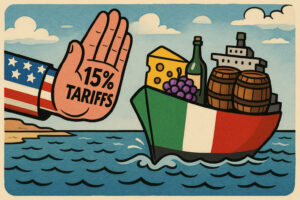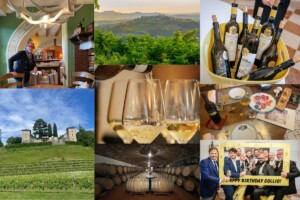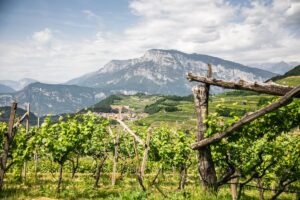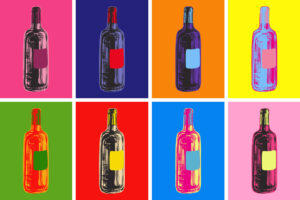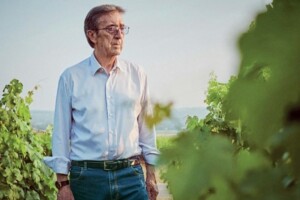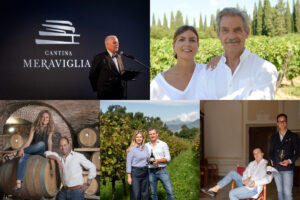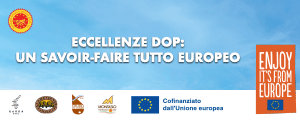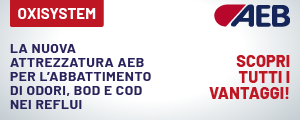Made in Italy viticulture and organic wine are like the fox being chased by all of Italian organic agriculture. They are first in area coverage (19% of the total National viticulture), production and exports. Further, they represent the collaboration of European brand wines in territorial identity and an environmentally friendly production method. Only In the last three years has organic wine received elevated as well as unexpected interest, perhaps due to the fact that consumers are changing their feelings towards sustainability, which is a positive secondary effect linked also to the Pandemic. “Consumers rule the markets, and the changes requested by their demands have meant that organic surfaces have grown. However, if production increases more than demand does, organic farming might risk “commodization”, Angelo Frascarelli, economist at the University of Perugia, emphasized during his lecture at the conference, “Organic: future of agriculture?” at Ficragricola (the longest-running Italian trade fair, March 2nd to March 5th, in Verona). The agricultural magazine, “L’Informatore Agrario” organized the fair (precisely on the day the Senate of the Republic gave the definitive go-ahead to the new organic law in Italy, ed.). Now that the CAP guidelines, for the Green Deal and Farm to Fork have been set - respectively, climate neutrality by 2050 and achieving an organic surface by 2030 - and substantial resources allocated, surfaces and supply will grow even more. Between CAP and National policies, organic farming in Italy will be able to count on 630 million euros per year. The commodity risk, however, does not strictly concern the price level, but it will determine the basis of the balance between supply and demand, which can be avoided by linking organic production to territorial uniqueness. Our agriculture produces at high costs and must sell products at high prices that in addition to characteristic quality, also have territorial and emotional values”.
Angelo Frascarelli, economist at the University of Perugia is concerned also about the definition of “organic”, which is nothing inure than a cultivation method that can be applied anywhere, and this is the reason it can become a commodity. However, European brand Italian wine would appear safe from the feared risk mainly because, as mentioned, it has found collaboration between territorial and organic production. “In the last few years”, Roberto Zanoni, president of Assobio, confirmed, “there has been a continuous evolution. Throughout the world, demand has increased sharply, and Italy has converted, and is continuing to convert production quite quickly. We are therefore in a phase where Italy is taking advantage of this trend. We are the number one organic wine producer and also the number one exporter. The hope is that the next Vinitaly (to be held from April 10th to 13th, also in Verona) will give us a significant boost. Many of the top companies arc converting to organic, which is especially positive for the image of Italian wine in the world. Today, demand is strong and production is following the demand, thanks to the quality growth of organic wine. Years ago quality was not exceptional and was not highly regarded by consumers and restaurants. Then, it made a considerable quality leap and won prizes all over the world. And now, not only the environmental aspect supports demand, but sensory quality as well". The market prospects for organic wine appear favorable, therefore, excluding the risk of imbalance between supply and demand. However, production still presents some critical issues. It is necessary to support production and demand, achieving transparency that gives guarantees to the consumer. A platform is being considered that will gather together all the themes involved and that consumers can consult. “A National Strategic Plan of the CAP that invests in organic farming, in terms of production and market and also support for farmers, will further favor maintaining and growing the organic vineyard in Italy”, Maria Grazia Mammuccini, president of, Federbio (and wine producer in Tuscany, in the Valdarno area, ed.) pointed out. “It covers 19% of the total area, the highest percentage in the world, which in itself is an extraordinary trend. The strategic issues to work on are research and innovation to support winemakers on the critical points of vineyard management and winery, in the best possible way. Market trends are saying that one of the most positive trends is organic wine, and therefore the sector needs to be supported because there is space to enrich both producers and territories”. High costs of certification, exaggerated bureaucratic commitments and risk of fines for incorrectly filling in registers are important deterrents, especially for other crops of organic production, and have been the reason that many companies have had to “leave” the system, though they also continue production according to the dictates of organic farming. This kind of situation is less frequent in viticulture. “The organic logo on bottles of wine”, Mammuccini explained, “is a value on the market, which is why many winemakers have joined organic farming, besides using the RDP resources, and in the future, those of the National Strategic Plan. The market attraction was absolutely the deciding factor. Additionally, it is a winning situation for denomination wines to combine territory identification with a production method that respects it. This creates added value. The bureaucratic situation, on the other hand, is almost unbearably heavy, and this is because we have to keep separate systems. In other words, those who produce. transform and sell must send the data to SIAN every month, which guarantees total transparency. However, they must also keep other records to justify the other control systems. We must reach a reasonable and rational point. While bureaucracy is a problem for everyone, the wine sector instead is overwhelmed by certifications for denomination and organic wines, and there are really too many direct and indirect bureaucratic costs”. On the other hand, organic viticulture must also be recognized as a forerunner in respect to the conventional viticulture and even agriculture sectors in general. “Today we take for granted”, Cristina Micheloni (Aiab) explained, “that wine is made in the vineyard, but it was not the case 20 years ago, and part of the merit of this revolution is organic farming, which has aimed to work well in the vineyard so as not to need too much chemistry in the winery. There are still many challenges and still ample room for improvement, but organic farming takes the merit of bringing the vineyard back to its central role and strengthening the bond with the territory. The organic challenge gives greater satisfaction to the quality of the product and specifically to wines that have the most territorial references. Plus, it has an additional role. I see organic viticulture as the “fox” that the rest of organic farming is chasing because it is the crop that has more numbers, because wine is a product strongly linked to the territory, and because it is a wealthier sector than the others, as it was able to pay for experimentation and technical assistance. Moreover, the viticulture production system is largely a very short chain; that is, there are few, if any, steps between those who produce grapes and those who produce wine. This made it possible to maintain and reinvest value in companies. The procedure is different in long supply chains such as cereals, where between wheat and biscuits the value is distributed along the supply chain in a more or less uniform way. I would like to add that today the cost of fertilizers is becoming incompatible with the product selling prices. This is not happening as much in viticulture, as in other crops, such as cultivatable land. But, the practices introduced in organic agriculture, such as green manuring, grassing with legumes and overseeding, have become appealing and many winegrowers are adopting them to cut costs”.
Copyright © 2000/2025
Contatti: info@winenews.it
Seguici anche su Twitter: @WineNewsIt
Seguici anche su Facebook: @winenewsit
Questo articolo è tratto dall'archivio di WineNews - Tutti i diritti riservati - Copyright © 2000/2025










